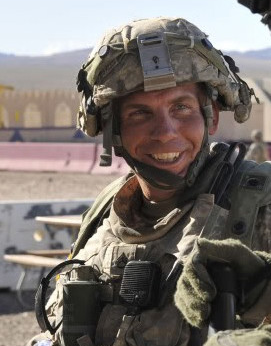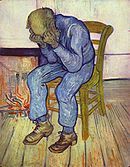New Online CE Course @pdresources.org
 Stalking: Recognizing and Responding is a new 1-hour online continuing education (CE) course that examines the prevalence of stalking and provides therapists with the means to identify and assist victims/survivors.
Stalking: Recognizing and Responding is a new 1-hour online continuing education (CE) course that examines the prevalence of stalking and provides therapists with the means to identify and assist victims/survivors.
Stalking is a crime that is far more prevalent and more dangerous than most people realize. It is a crime that is not well understood and that often goes unrecognized. Findings from various studies examining the prevalence of stalking suggest that community-based interventions are critical to raising awareness about this crime and promoting prevention efforts. Mental health professionals have an important role in identifying and treating victims/survivors of stalking through educating themselves about this crime.
Researchers have found that stalking victims have a higher incidence of mental disorders and comorbid illnesses compared with the general population, with the most robust associations identified between stalking victimization, major depressive disorder, and panic disorder. Additionally, intimate partner stalking has been identified as a common form of IPV experienced by women veterans that strongly contributes to their risk for probable PTSD. These findings indicate that it is important to assess for these symptoms and diagnoses when working with victims/survivors of stalking.
This course is designed to enhance your understanding of stalking by reviewing key findings from research on stalking, identifying common tactics used by stalkers, and exploring the intersections between stalking, intimate partner violence, and sexual violence. This course will also examine common reactions experienced by victims/survivors of stalking and discuss ways to assist victims/survivors in clinical practice. Course #11-17 | 2018 | 18 pages | 10 posttest questions
This online course provides instant access to the course materials (PDF download) and CE test. After enrolling, click on My Account and scroll down to My Active Courses. From here you’ll see links to download/print the course materials and take the CE test (you can print the test to mark your answers on it while reading the course document).
Successful completion of the online CE test (80% required to pass, 3 chances to take) and course evaluation are required to earn a certificate of completion. Click here to learn more. Have a question? Contact us. We’re here to help!
—
Professional Development Resources is a nonprofit educational corporation 501(c)(3) organized in 1992. We are approved to sponsor continuing education by the American Psychological Association (APA); the National Board of Certified Counselors (NBCC); the Association of Social Work Boards (ASWB); the American Occupational Therapy Association (AOTA); the American Speech-Language-Hearing Association (ASHA); the Commission on Dietetic Registration (CDR); the Alabama State Board of Occupational Therapy; the Florida Boards of Social Work, Mental Health Counseling and Marriage and Family Therapy, Psychology & School Psychology, Dietetics & Nutrition, Speech-Language Pathology and Audiology, and Occupational Therapy Practice; the Ohio Counselor, Social Worker & MFT Board and Board of Speech-Language Pathology and Audiology; the South Carolina Board of Professional Counselors & MFTs; the Texas Board of Examiners of Marriage & Family Therapists and State Board of Social Worker Examiners; and are CE Broker compliant (all courses are reported within a few days of completion).
Target Audience: Psychologists, Counselors, Social Workers, Marriage & Family Therapist (MFTs), Speech-Language Pathologists (SLPs), Occupational Therapists (OTs), Registered Dietitian Nutritionists (RDNs), School Psychologists, and Teachers

































